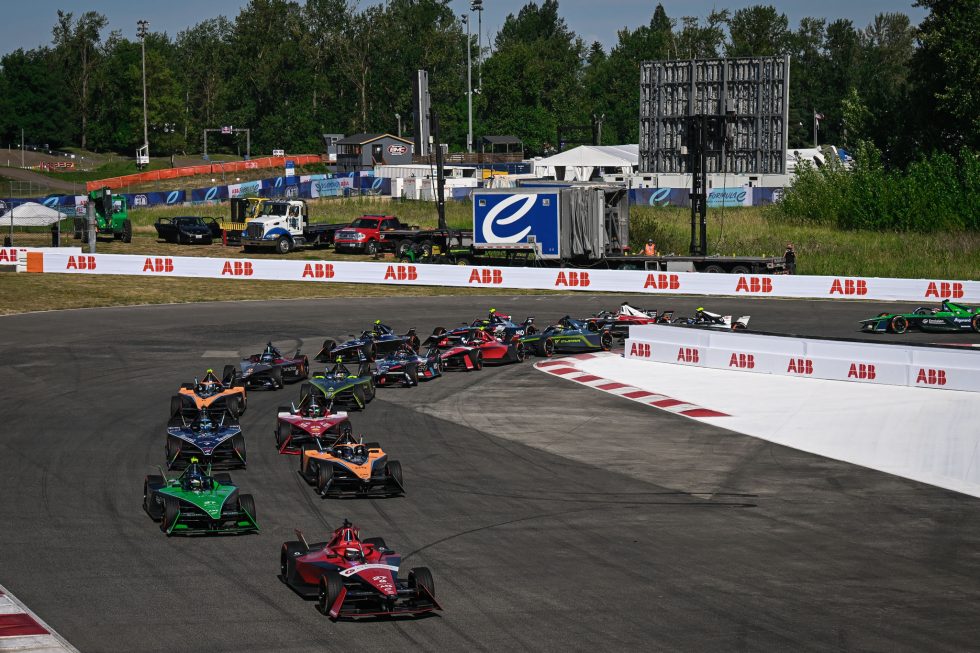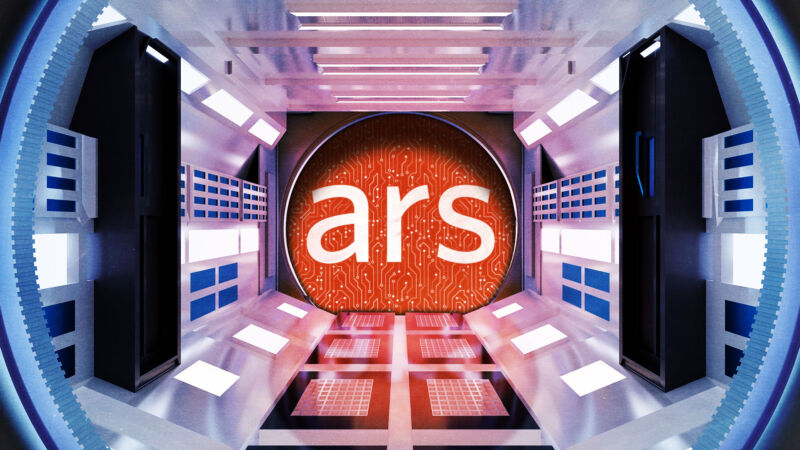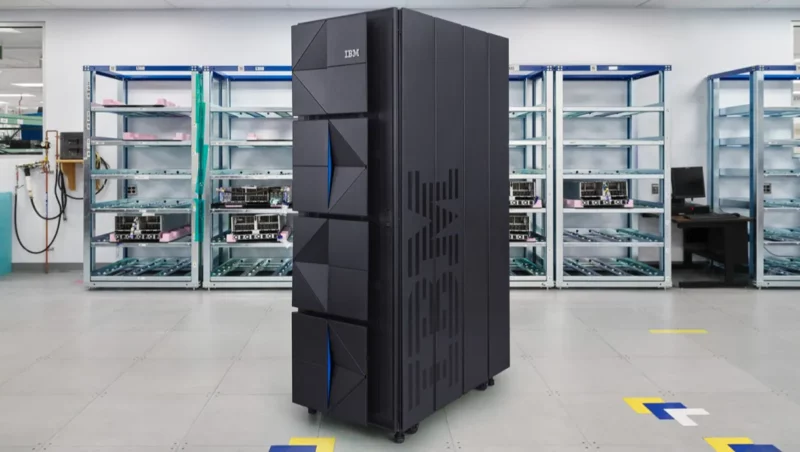-
 chevron_right
chevron_right
Musk stiffed Twitter vendors and dared them to sue—dozens did just that
news.movim.eu / ArsTechnica · Thursday, 7 September, 2023 - 13:00

Enlarge (credit: Aurich Lawson | Getty Images)
When Elon Musk bought Twitter in October 2022, a fairly ordinary tech company was transformed into a most unusual private corporation. Many strange things have happened at the Musk-owned social network, but this article will focus on just one puzzling aspect of Musk's leadership: His apparent refusal to pay bills.
Over two dozen lawsuits alleged that Twitter—which rebranded itself as "X" in late July—refused to pay money owed to vendors who started providing services to the company before Musk bought it. In fact, suing X seems to be the most effective method of collecting on unpaid invoices. This article will provide a summary of each lawsuit and an update on each case's status.
X agreed to settle some of the allegations, allowing some vendors to recoup at least part of what they were owed. Settlement talks are proceeding in other cases, and at least one went to arbitration. But X has taken a hard stance in fighting some unpaid-bill lawsuits, and several could head to jury trials.









